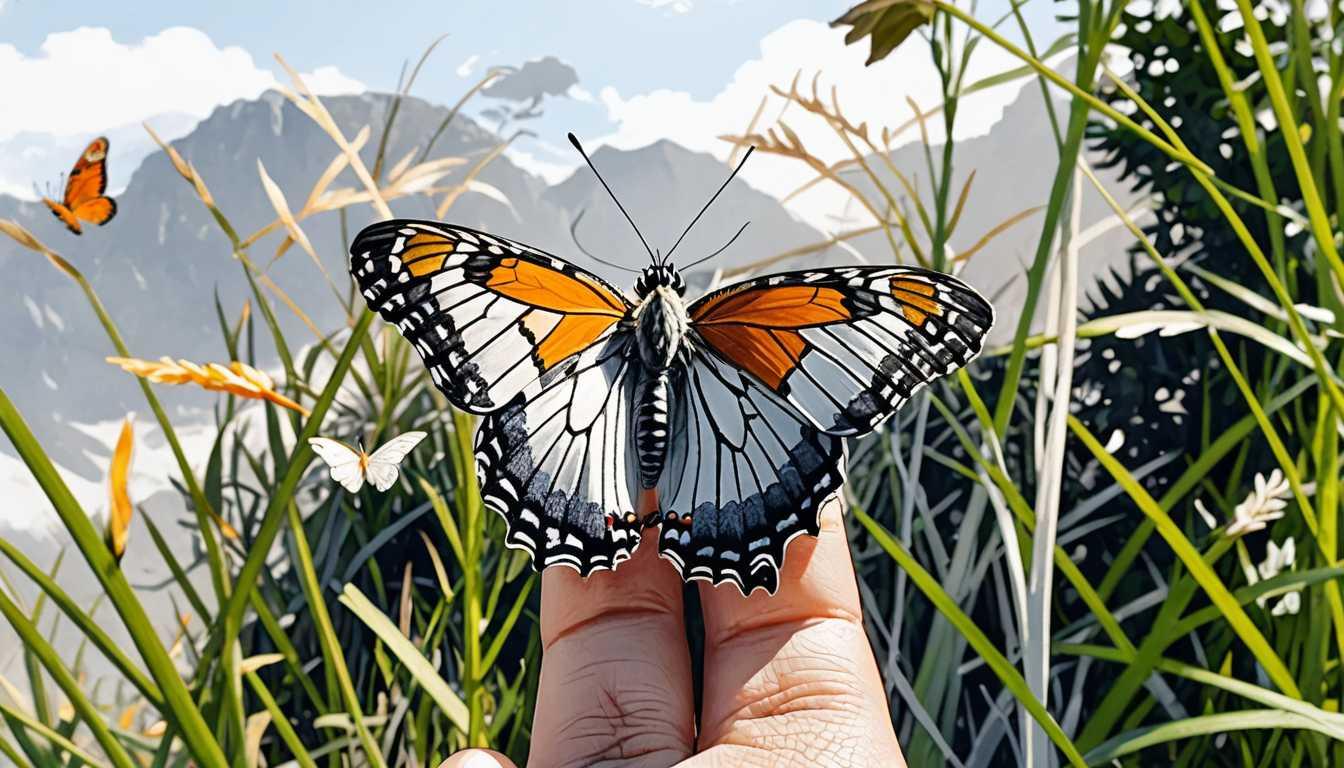Feathered Wanderers vs. Plastic Seas
July 2023
University of Cambridge
Introduction
Dive into an eye-opening study from the University of Cambridge revealing a troubling link between the world's most endangered seabirds and remote plastic pollution hotspots. Researchers tracked over 7,000 petrels, uncovering their perilous encounters with plastic in the vast ocean gyres. This groundbreaking research not only sheds light on the scale of marine plastic pollution but also calls for global action to save these vital, yet vulnerable, feathered wanderers from the clutches of plastic. Ready to be part of the solution?
READ FULL ARTICLEWhy It Matters
Discover how this topic shapes your world and future
Plunging into the Plastic Predicament
Imagine soaring over the vast, open ocean, diving into its depths to hunt for food, only to find your meal intertwined with dangerous plastics. This is the reality for the world's most threatened seabirds, including various species of petrels. These birds, vital to the marine food web, are facing an unprecedented threat from plastic pollution. The study in question reveals that these birds, some on the brink of extinction, are inadvertently consuming plastic debris. This plastic is not just floating around near coastlines but is amassed in remote areas of the ocean, far from any country's jurisdiction. The implications of this are global, transcending national boundaries and requiring international cooperation to address. This situation is not just a crisis for the birds but a stark indicator of the health of our oceans and, by extension, our planet. As stewards of the Earth, understanding this issue connects us to a larger story about how interconnected and dependent we are on our environment and its inhabitants.
Speak like a Scholar
Biodegradation
The process by which organic substances are broken down by living organisms. Most plastics do not biodegrade, making them a persistent problem in the environment.
Marine biota
Refers to the animals and plants living in the ocean. Petrels, as part of the marine biota, play a crucial role in the oceanic food webs.
Gyres
Large systems of circulating ocean currents, often referred to as "oceanic conveyor belts." These gyres can accumulate vast quantities of floating plastic waste.
Sentinel species
Animals used to detect risks to humans by providing advance warning of a danger. Petrels act as sentinel species for monitoring the health of marine ecosystems, especially concerning plastic pollution.
Ecotoxicology
The study of the effects of toxic chemicals on biological organisms, especially at the population, community, and ecosystem levels. The presence of plastics introduces ecotoxicological risks to marine species.
Conservation status
A classification given to a species primarily based on its risk of extinction. The IUCN Red List categorizes species from Least Concern to Critically Endangered, helping guide conservation actions.
Independent Research Ideas
The role of ocean currents in plastic distribution
Investigate how different ocean currents contribute to the formation of gyres and the global distribution of plastics. This study could explore the dynamics of ocean circulation and its impact on marine ecosystems.
Plastic composition and marine life
Examine the different types of plastics found in the ocean (e.g., microplastics vs. macroplastics) and their specific effects on various marine species, focusing on ingestion, entanglement, and toxicity.
Sentinel species and ecosystem health
Explore the concept of sentinel species further by studying how changes in the health and behavior of petrels and other seabirds can indicate broader environmental shifts, including pollution levels and climate change impacts.
International policies on marine plastic pollution
Analyze the effectiveness of existing international agreements and policies aimed at reducing marine plastic pollution. This could include case studies of successful and unsuccessful initiatives.
Innovative solutions to plastic pollution
Investigate cutting-edge technologies or community-led initiatives aiming to reduce, reuse, or recycle plastics in marine environments. This could include biodegradable alternatives to traditional plastics or novel cleanup strategies.
Related Articles

Seabirds' Last Stand: A Climate Lifeline
December 2022
University of Cambridge

Wings of Change: Butterflies vs. Climate
July 2023
University of Cambridge

Dolphins & Humans: An Unlikely Team
January 2023
Max Planck Society

Buzzing Through Time: Mummified Bees
August 2023
Smithsonian Magazine

DDT's Toxic Legacy: Uncovered Depths
March 2023
Phys Org